The forewings are primarily a pale grey colour with a central wavy-edged darker band. The females are duller and slightly browner in colour.
The adults are incapable of feeding. They fly at night and are attracted to light. The caterpillars can be found from April to June feeding at night and resting on twigs or bark during the day before they pupate under bark or among plant debris. They overwinter as eggs on the foodplant although in the northern part of their range they might spend a second winter as nearly full-grown larvae.
Size and Family
- Family – Eggar moths (Lasiocampidae)
- Medium Sized
- Wingspan Range – 28-34mm
Conservation status
- UK BAP: Priority Species (Research only)
- Common
Caterpillar Food Plants
Mainly birches, Blackthorn (Prunus spinosa) and hawthorns but also sallows, Hazel (Corylus avellana), Crab Apple (Malus sylvestris), oaks, Bilberry (Vaccinium uliginosum) and heathers.
Habitat
Open woodland, hedgerows, heathland, moorland, scrub and gardens
Distribution
- Countries – England, Wales, Scotland and Ireland
- Common. Well distributed and frequent in most of England north to Yorkshire and also in mainland Scotland. Scattered records in lowland Wales and very local in Ireland.
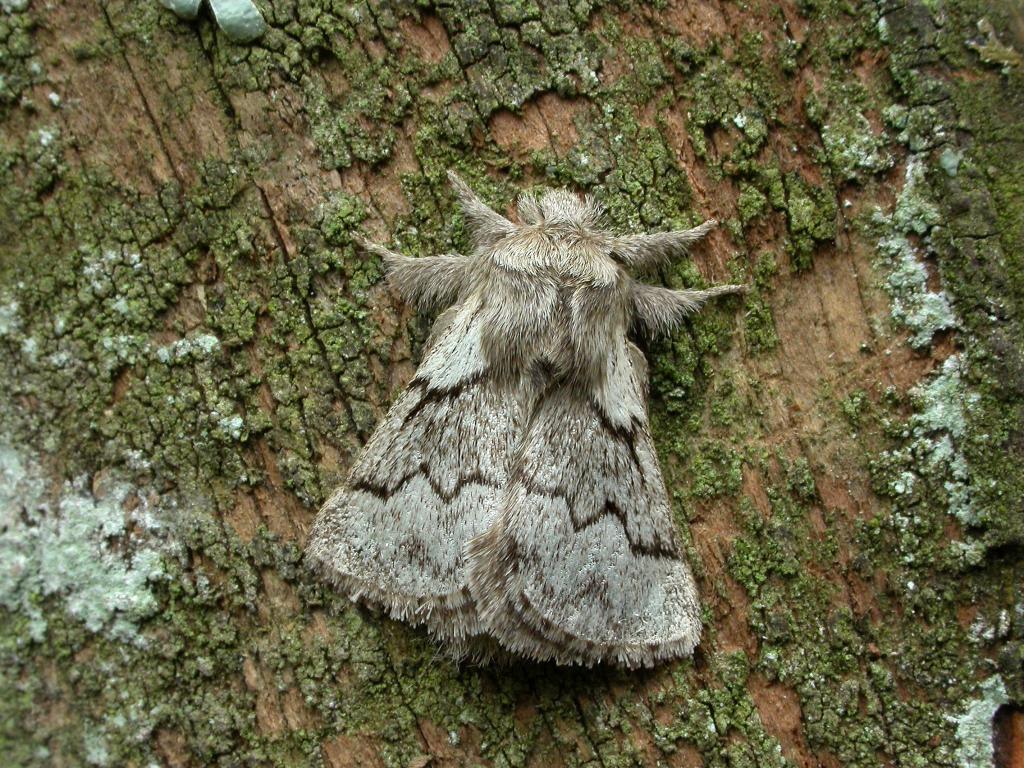
Pale Eggar - Patrick Clement
Pale Eggar
Patrick Clement
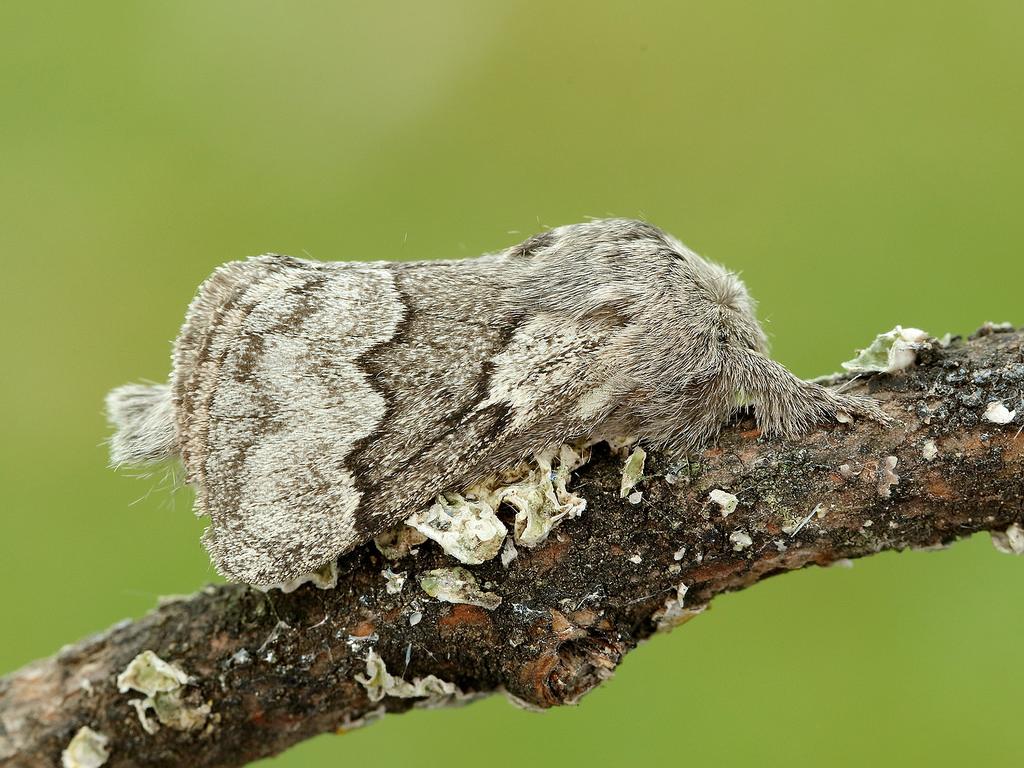
Pale Eggar - Iain Leach
Pale Eggar
Iain Leach
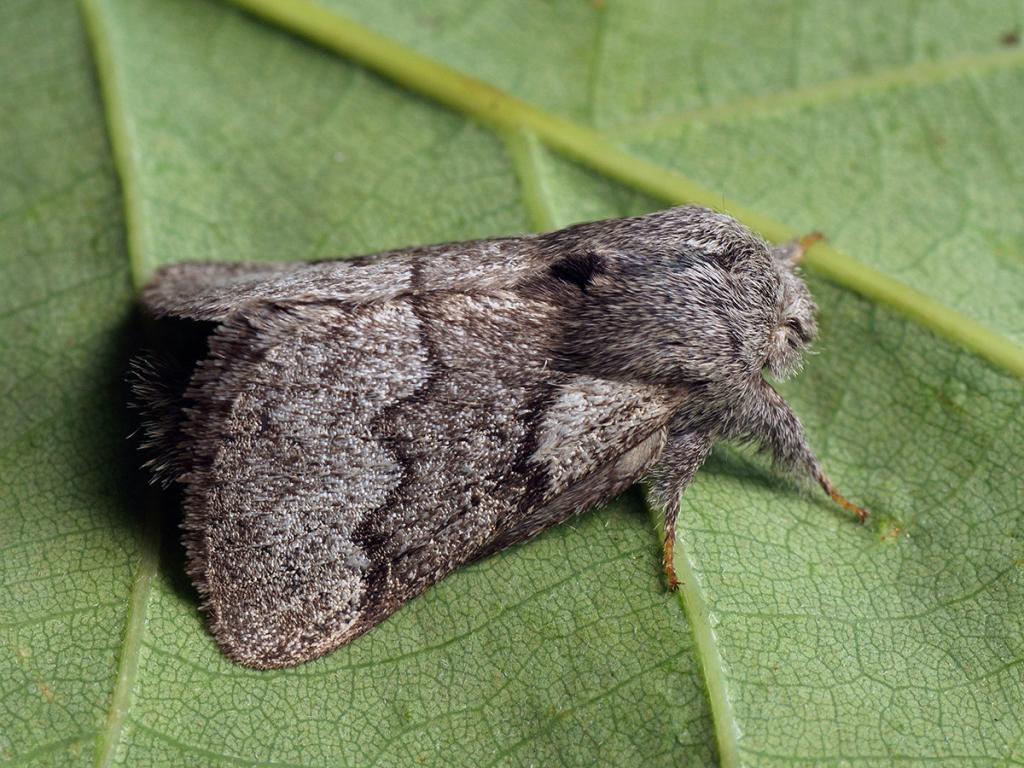
Pale Eggar (male) - Ilia Ustyantsev
Pale Eggar (male)
Ilia Ustyantsev
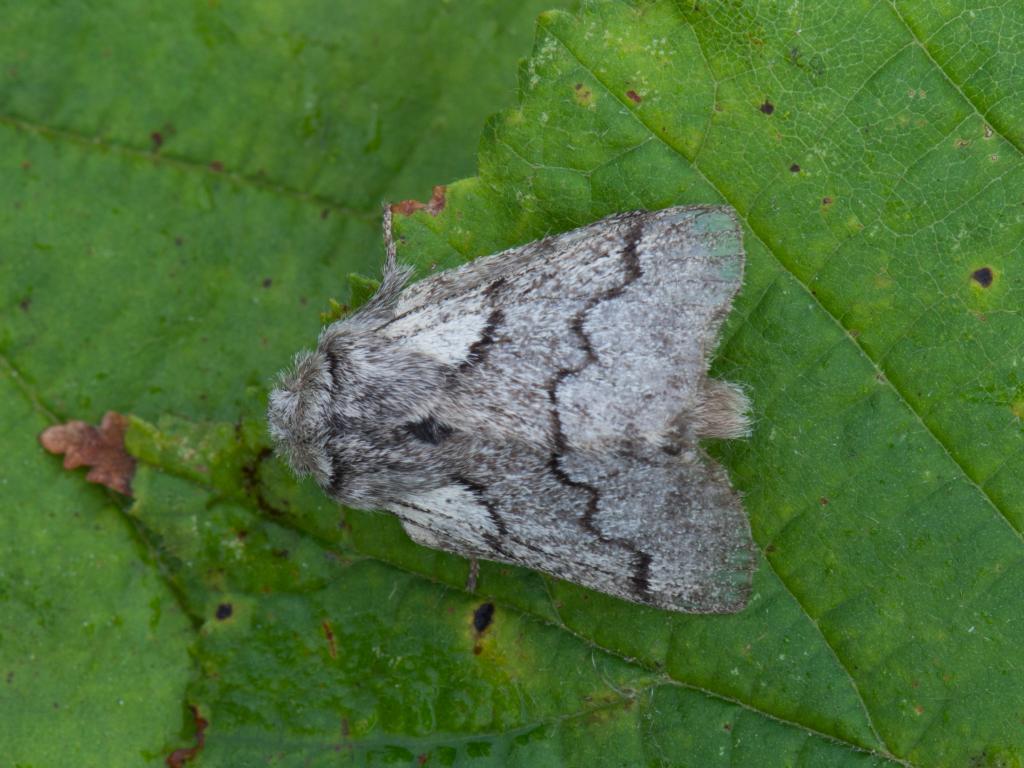
Pale Eggar - Koen Thonissen
Pale Eggar
Koen Thonissen
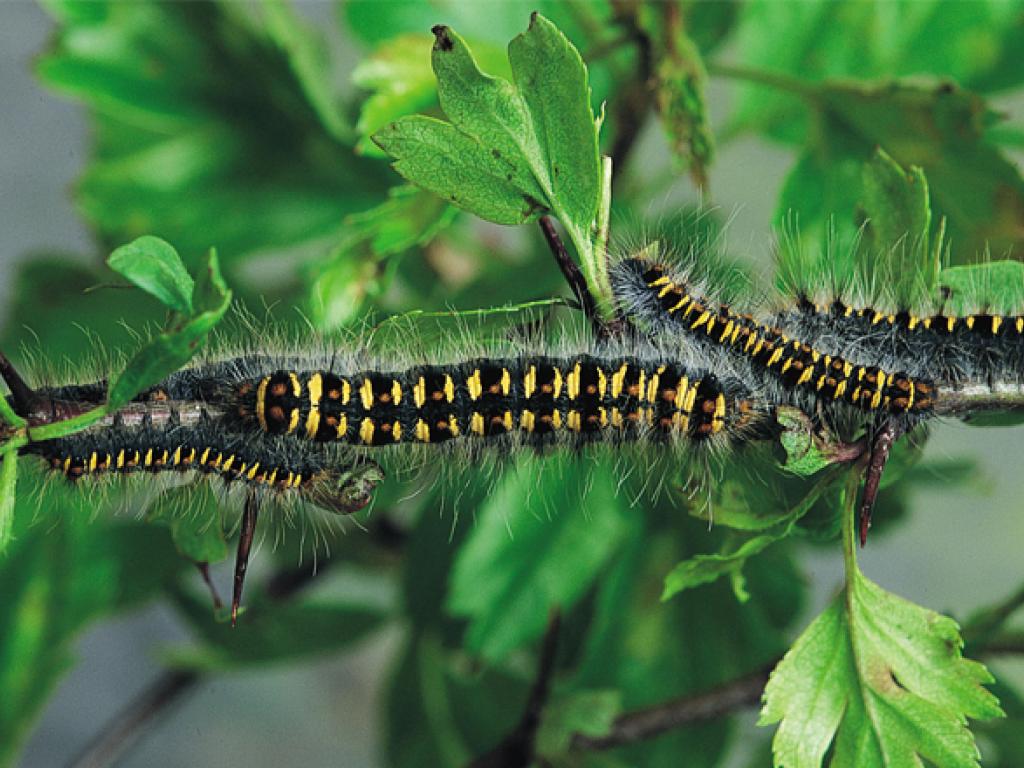
Pale Eggar (caterpillars)
Pale Eggar (caterpillars)
Pale Eggar (caterpillars)
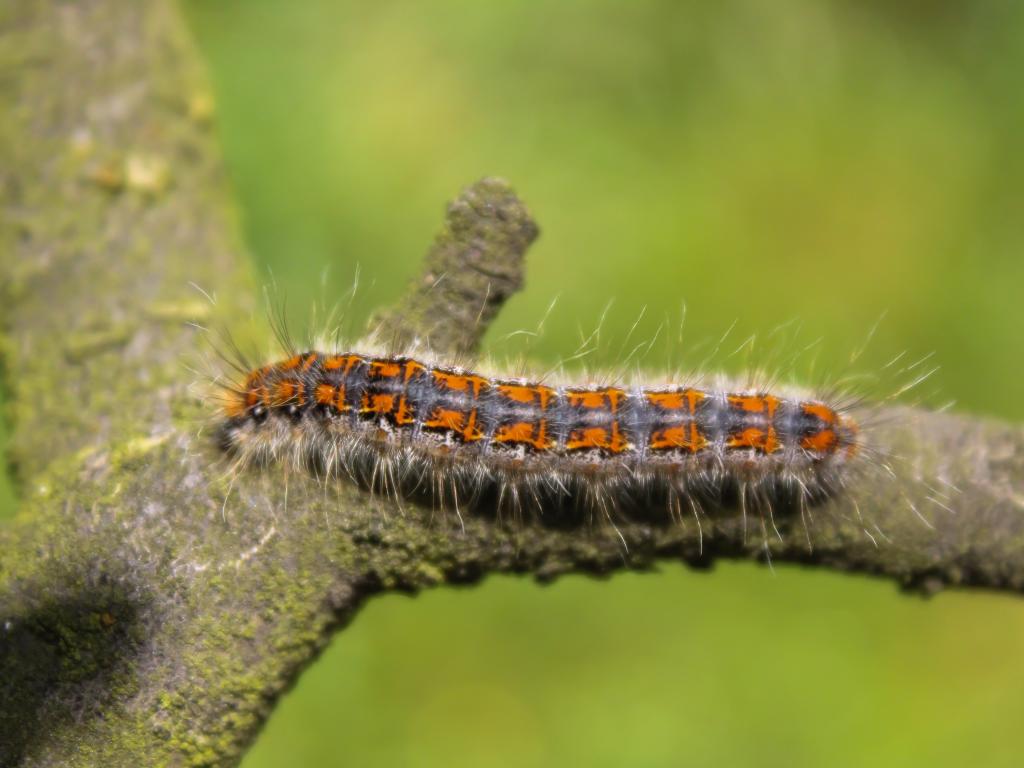
Pale Eggar (caterpillar) - Marcell Kárpáti
Pale Eggar (caterpillar)
Marcell Kárpáti

